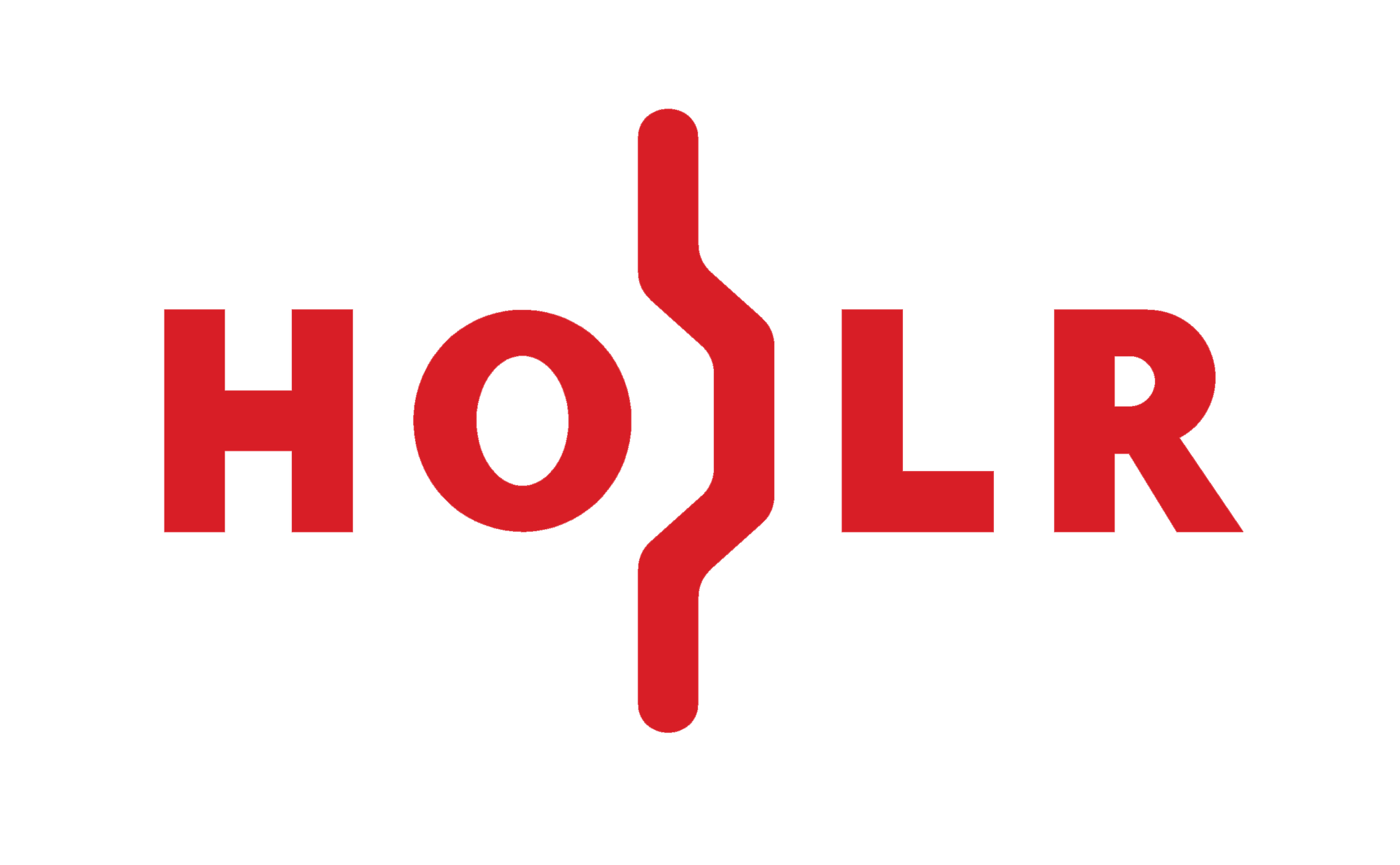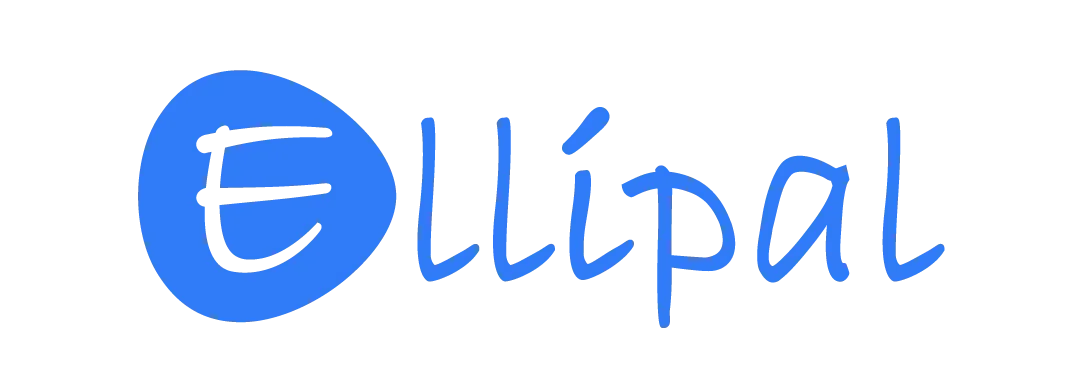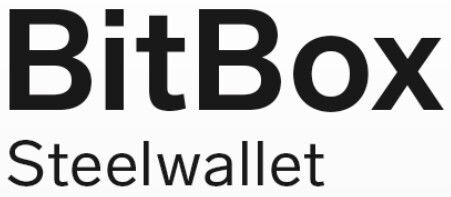What is Web 3.0?
Web 3.0 promises to be the next iteration of the Internet that will free user data privacy and censorship from Web 2 overlords, but is it realistic?
Web 3.0 is one of the most revolutionary concepts in the tech and business worlds today. If successful, it could eliminate the tech giants that act as gatekeepers to our online worlds and make it possible for everyone to monetize their online presence, and it could create an internet where data is truly free.
With those lofty goals in mind, what exactly is Web 3.0?
What is Web 3.0?
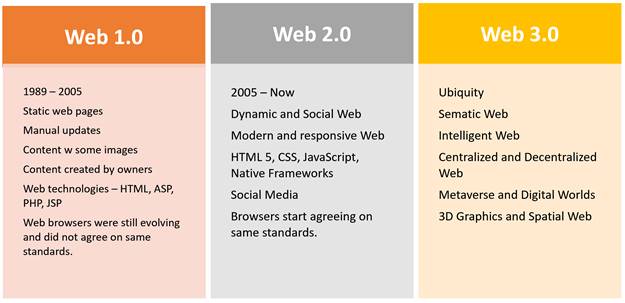
As the name implies, Web 3.0 is the third generation of the Internet. Under this concept, websites and apps will be able to take advantage of a combination of machine learning, big data, and blockchain technology to create a decentralized internet where users can own and monetize their content much more easily.
In theory, this will create a strong incentive for people to migrate away from Web 2.0 – our existing digital infrastructure — where data is primarily stored in centralized repositories. Tech companies and venture capitalists have rushed to embrace the new vision of the internet, but it may ultimately prove to be stiff competition for some of the legacy tech companies that still dominate the current web.
Why do we need Web 3.0?

Some of you are probably wondering why this is even necessary. After all, the internet already feels like a relatively free space. Unfortunately, this isn’t exactly true.
Let’s take a look at internet advertising. The landscape is effectively a duopoly between Google and Meta (Facebook) with both companies controlling 52.7% of all ad revenue. Companies like Uber, YouTube, and Meta have made a highly lucrative business model of acting as middlemen between people providing services and those who need them.
This dynamic has created a massive imbalance of power.
If users are unwilling to follow the strict guidelines of whatever platform they are on, they can be demonetized, penalized by the algorithm, or even outright banned. Punishment often takes place with little to no recourse for users.
The result is that the internet is increasingly crowded with harmful content and original creators are largely losing their voice. This is known as the Dead Internet Theory. Although the idea of a corporate and government bot-filled internet is worrying, it’s largely theoretical – and, at the extremes – conspiracy-minded.
The big reason that we need Web 3.0 is evidenced by a company like Meta (formerly Facebook). One of Meta’s big goals has been to turn the clock back on what is left of the open internet and build a new, Meta-powered version. As a company, it relies on keeping users in its ecosystem for as long as possible.
This allows the company to gather more data, measure engagement, and most importantly, deliver ads to those users. The best way for Meta to counter people leaving the platform is to build a version of the internet that has Meta at its core, which it is attempting to do with its new metaverse project. The company is aware that the more people who leave its platform, the less reason anybody else has to stay. This puts the company at odds with the decentralized vision of the internet emerging in Web 3.0.
Web 3.0 will power “islands” of content
The core tenant of Web 3.0 is the ability for individuals to create, control, and monetize their content without needing to work with large organizations. This would theoretically lower the barrier to entry into the internet and help undermine some of the control that the tech companies have seized.
However, it also creates a big challenge: interoperability.
Part of the reason that Amazon can power 33% of the internet is due to scale. It is simply easier for large organizations to create software that is compatible across the entire internet and maintain it. Interoperability presents a big challenge for Web 3.0. What is the point of creating a system where users are acting in a decentralized manner when big tech companies can monetize that entire infrastructure?
This is where blockchain comes in.
How will Blockchain technology underpin Web 3.0?
Web 3.0 networks will operate by using blockchains to power their decentralized platforms. There are a handful of concepts that are proving crucial to the development of the space, and these are the ones to be aware of as we move through the decade and see greater adoption of the decentralized internet and the move away from Web 2.0
DAOs
One of the key pillars of Web 3.0 is the concept of decentralized autonomous organizations (DAOs). These organizations allow the users to make decisions as a collective rather than relying on a centralized board of directors. DAOs will help to ensure that the platforms they govern continue to benefit their overall communities instead of a small selection of shareholders.
DeFi
Decentralized finance (DeFi) systems enable users to invest their digital assets without involving centralized banking institutions. People are able to pool their funds to invest in things that would have been otherwise out of reach, like blue-chip art, or they can loan out money to projects under development that in turn do not need to deal with a bank for a loan. With DeFi protocols, the rewards for investing are often very high, but so are the risks. Hacks are very common in this up-and-coming space, so be careful where you invest your crypto.
DEXs
Decentralized exchanges (DEXs) are the backbone of DeFi and the platforms where tokens can be swapped directly with others without the need for a centralized exchange (CEX). In DeFi, the typical means of running an exchange is through something called an automated market maker (AMM), which is a tool for matching buy and sell orders through the use of an algorithm.
NFTs
Many first heard of non-fungible tokens (NFTs) after their breakout summer in 2021, when JPEGs from collections such as CryptoPunks and Bored Ape Yacht began to sell for hundreds of thousands of dollars and even became status symbols among celebrities. What many failed to appreciate is that there is actually much more to this novel technology than mere status. NFTs are enabling creators to monetize their art through the use of smart contracts. Selling digital art has been made possible through the groundbreaking introduction of digital scarcity enabled by the technology. And secondary sales revenue for the creators can even be programmed into the smart contracts too.
GameFi
One of the more exciting use-cases for the blockchain has turned out to be gaming, which is fast becoming one of the leading sectors in the field. With GameFi and play-to-earn gaming, people are able to earn money for the time they spend idling in front of the computer crawling through dungeons or racing sports cars. Already, games like Axie Infinity are providing many people with the income they need to achieve a better livelihood. It’s a far cry from the days when all you earned from playing games was a potbelly and an angry shout from your mom in the other room.
Conclusion
It’s still early days for Web 3.0, and it’s still unclear when mass adoption will truly kick off. Certainly, the massive hype of 2021 has died down considerably as crypto markets tanked. Despite this, money is still pouring in (this week Andreesen Horowitz announced a new $600 million metaverse and Web 3 fund) and the brain drain from Web 2 firms to Web 3 projects continues unabated.
Some of the more futuristic use cases for the blockchain, such as decentralized metaverses with lifelike virtual reality graphics, are probably still more than a decade away. Nevertheless, as crypto continues to make inroads into the mainstream and more people begin to get involved in DeFi, NFTs, and all the rest, the more they will likely come to question why they are spending so much time in Web 2.0, where there is comparatively little money to be made and Big Tech can always shut off your access if they deem fit. It’s an exciting time for the Internet, and we are eagerly awaiting each and every development in at least the decentralized version of Web 3 over the coming years.
Learn more about the best TOP 30 hardware cryptocurrency wallets
You can see this list here.
TOP 29 Hardware Wallets, the Official Online Stores
| 1 |  | Trezor hardware wallet, the official online store |  |
| 2 |  | Ledger hardware wallet, the official online store |  |
| 3 |  | KeepKey hardware wallet, the official online store |  |
| 4 |  | BitBox02 hardware wallet, the official online store |  |
| 5 |  | CoolWallet hardware wallet, the official online store |  |
| 6 | 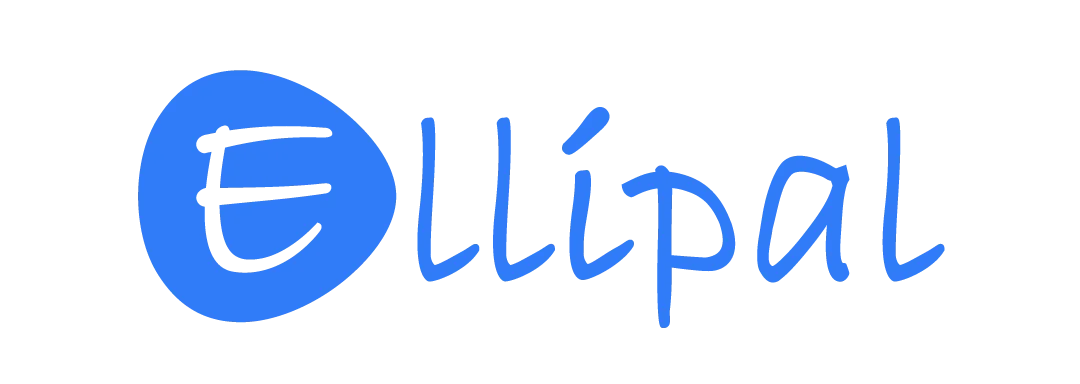 | ELLIPAL hardware wallet, the official online store |  |
| 7 |  | D'CENT hardware wallet, the official online store. |  |
| 8 |  | SafePal hardware wallet, the official online store |  |
| 9 |  | SecuX hardware wallet, the official online store |  |
| 10 |  | BC Vault hardware wallet, the official online store |  |
| 11 | 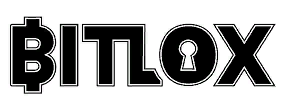 | BitLox hardware wallet, the official online store |  |
| 12 |  | Keystone hardware wallet, the official online store |  |
| 13 | 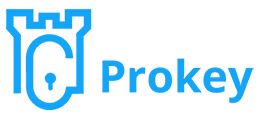 | ProKey hardware wallet, the official online store |  |
| 14 |  | NGRAVE hardware wallet, the official online store |  |
| 15 | 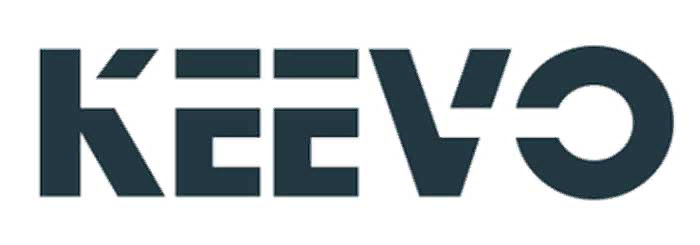 | Keevo hardware wallet, the official online store |  |
| 16 | 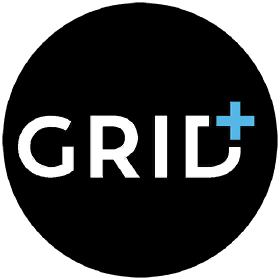 | GridPlus hardware wallet, the official online store |  |
| 17 |  | Ballet hardware wallet, the official online store |  |
| 18 | 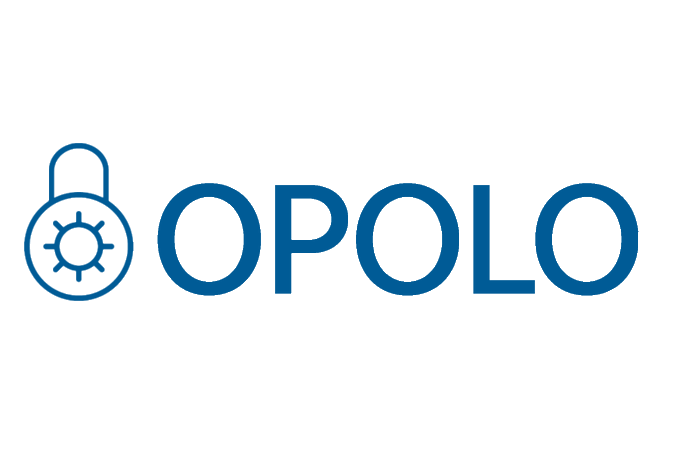 | OPOLO hardware wallet, the official online store |  |
| 19 |  | Foundation (Passport) hardware wallet, the official online store |  |
| 20 |  | ImKey hardware wallet, the official online store |  |
| 21 |  | Tangem hardware wallet, the official online store |  |
| 22 |  | HashWallet hardware wallet, the official online store |  |
| 23 |  | Material Bitcoin hardware wallet, the official online store |  |
| 24 |  | ShieldFolio hardware wallet, the official online store |  |
| 25 |  | OneKey hardware wallet, the official online store |  |
| 26 |  | Blockstream Jade hardware wallet, the official online store |  |
| 27 |  | Cypherock hardware wallet, the official online store |  |
| 28 |  | Keepser hardware wallet, the official online store |  |
| 29 | 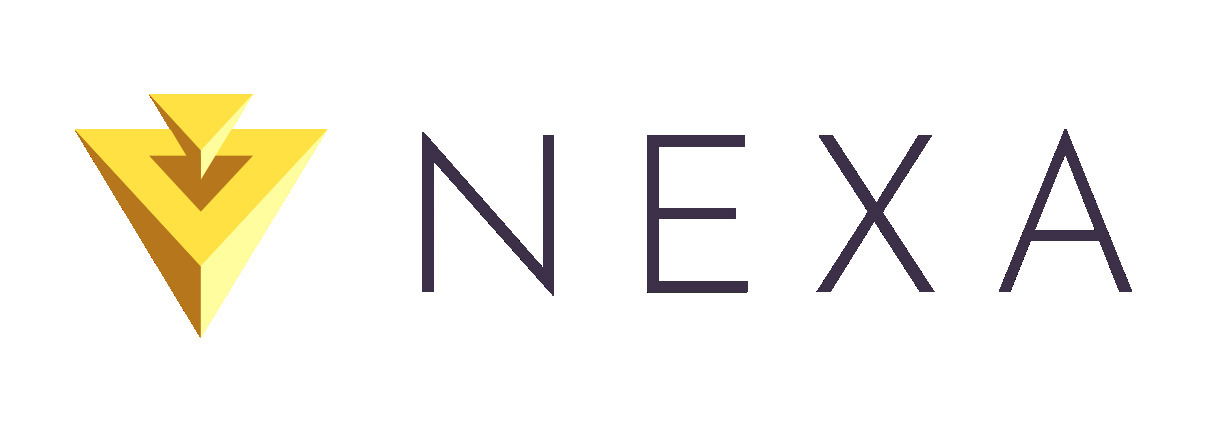 | NEXA hardware wallet, the official online store |  |







